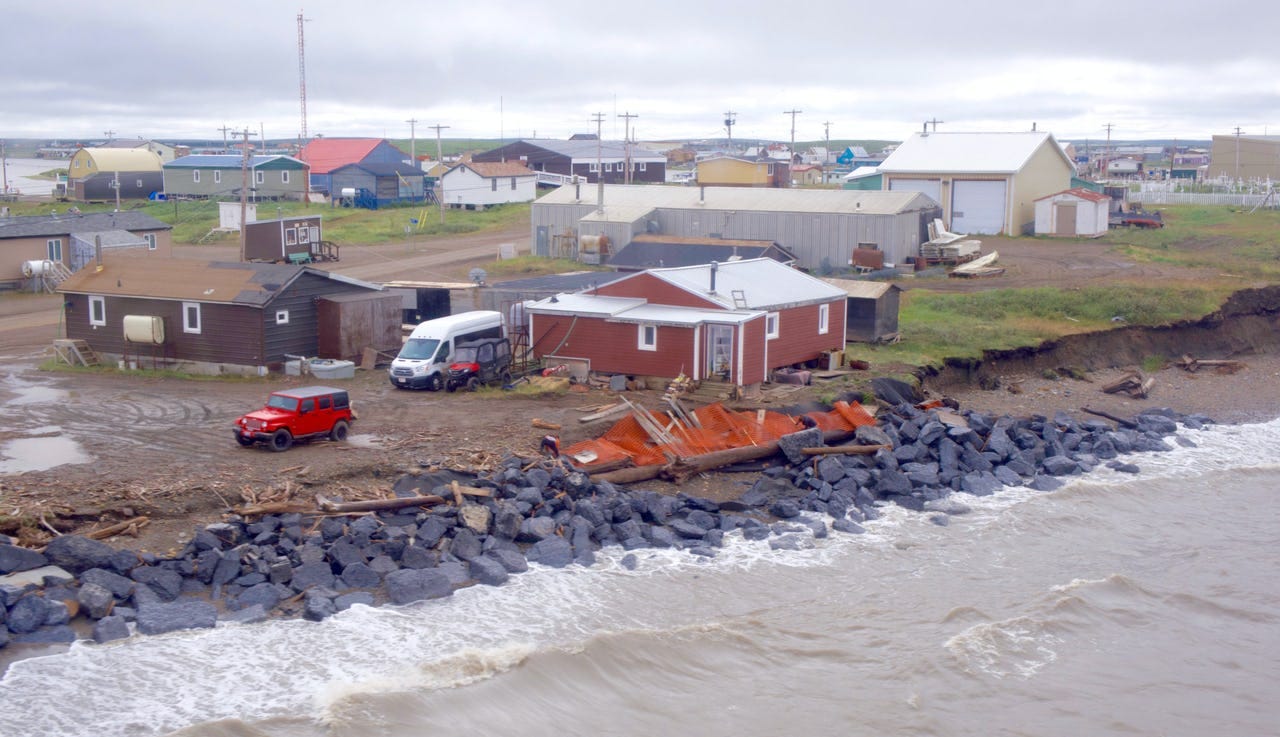Canada’s boreal forest is one of the largest extant forests in the world. Good thing too: I’m hosting a bonfire this weekend and need some sticks. With 362 million hectares1 of woodland to chop, we Canadians are gonna have our hands full of chainsaws for years to come.
But by the time you make it to Iqaluit, there’s not a tree left. In fact, it’s above the treeline. Not only mountains, but whole countries, if sufficiently forsaken, have treelines demarcating their upper reaches.
But what about the region abutting the treeless tundra? What interstitial flora divide the charmed satyr-frolicked glades of Ontario, owl-toned copses of Columbia, from the barren Territories?
Your answer, reader: a drunken forest.
On what did the forest become drunk?—Melting ice. Melting permafrost, specifically.
Did you know: permafrost covers 50% of Canada?2 Permafrost, self-explanatory: ground that is permanently frozen.
Or is it? Eh, permafrost? Might as well be called “semifrost” or “quasifrost” since it’s melting, and since it’s melting, the trees are getting drunk. The ground, in 50% of Canada, is turning to water, and not even the trees with their proud roots can stand it.
They’re coming loose and locals have dubbed their demeanour “drunken.”
Funny for trees, not so much for the houses and sewage systems built on the same defrosting tundra. See, for example, Noella Cockney's precarious home on the permafrost melt in Tuktoyaktuk:
The eroding shore to the right of the red house is collapsing frost. Taken in 2019, those orange fences and two-by-fours are being inserted to replace the meter of previously-frozen shoreline a storm removed from the house’s foundation.
Building houses on roads and permafrost is a possible, though replacing existing structures will take, well, a lot of money. That’s to say nothing of the roads that get you there.





